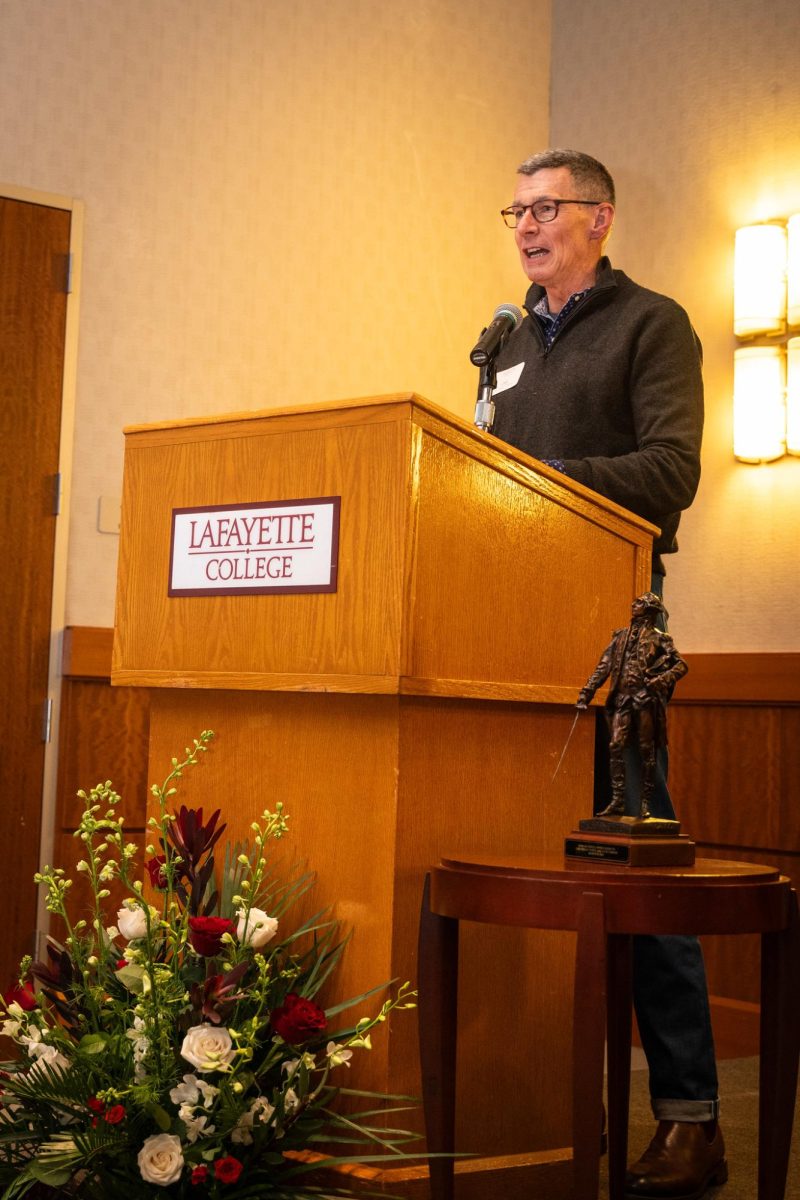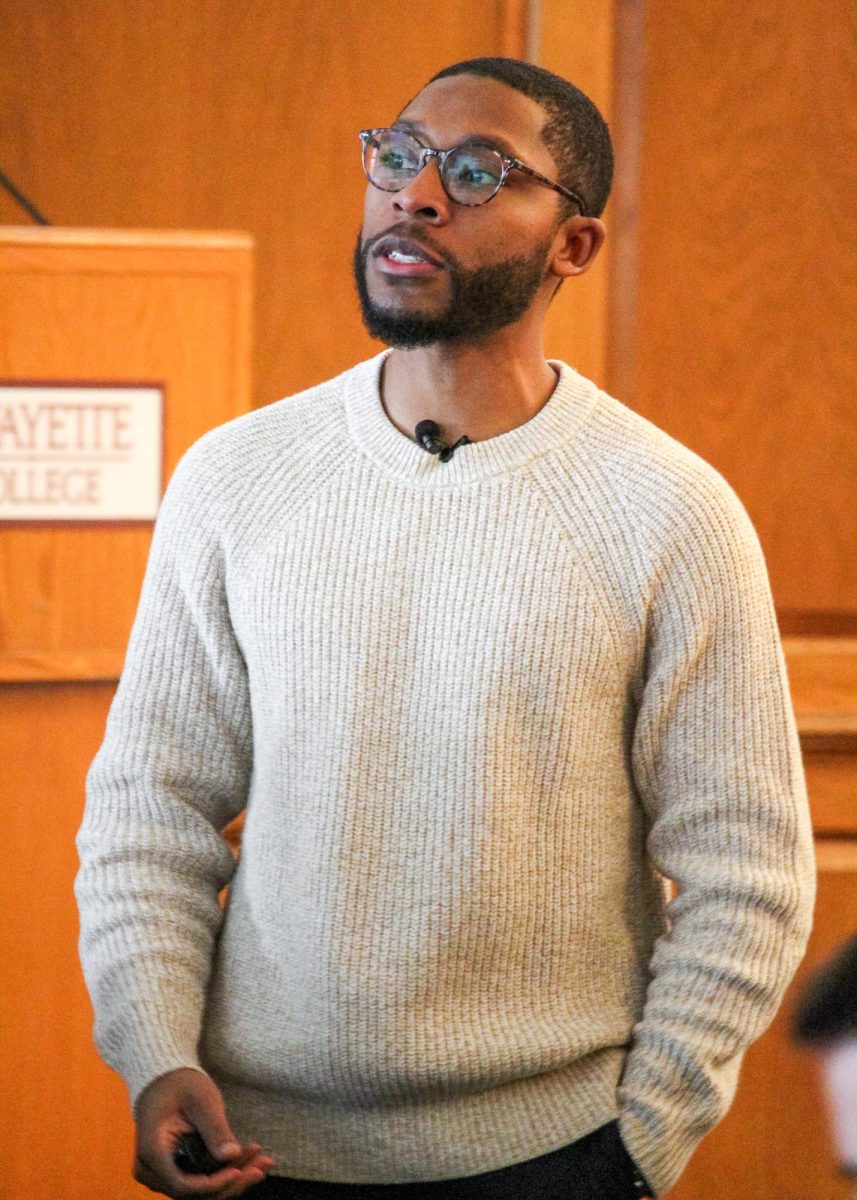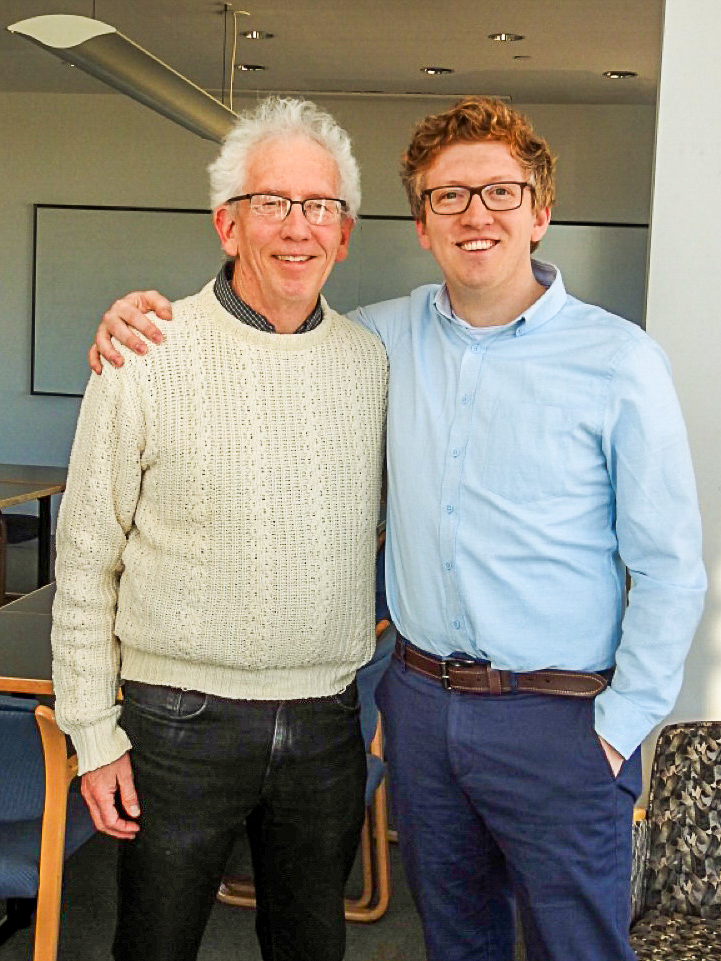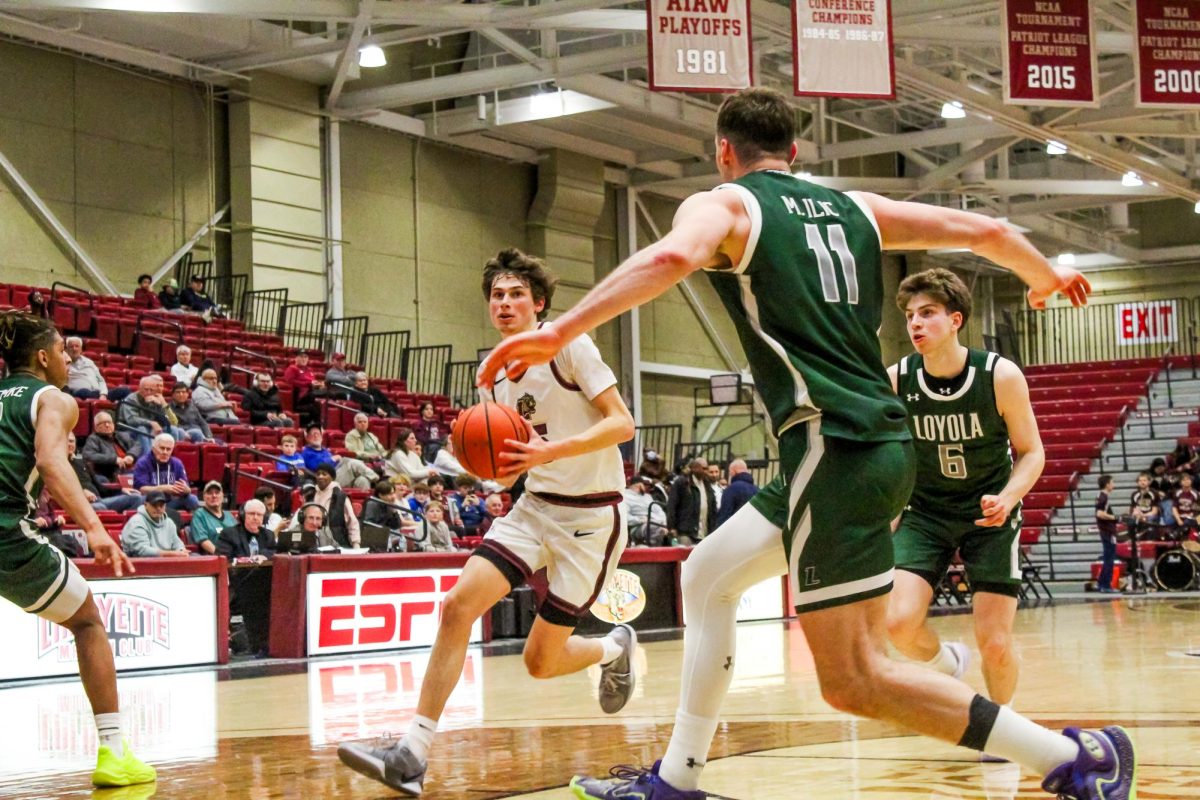Female professors on average earn less than their male counterparts at Lafayette
On average, for every dollar a male professor earns at Lafayette, a female professor earns 93 cents, according to data released by The Chronicle of Higher Education this week. The report publicizes the average salaries of professors at colleges across the country from the 2013-14 school year.
For each college, the data is broken down by type of professorship and gender. For example, full male professors make $131,895 on average and women at the same level average earnings of $122,796.
The data, when manipulated to show the differences in salary between male and female full professors, reveals a pay gap of $9,090 in average salary figures at Lafayette. For associate professors at Lafayette, the average salary for a man is $6,732 more than their female counterpart’s. Assistant professors have a smaller gap of only $630.
In comparison to other schools in Pennsylvania, Lafayette is doing better in regards to pay gap by cents on the dollar. Female full professors in Pennsylvania average a salary of $102,683 compared to the $121,269 for men of the same professor level, according to the Chronicle. This equates to 84.7 cents on the dollar.
The national average for all jobs, not just those in academia, is approximately 78 cents on the dollar according to the American Association of University Women.
Lafayette may have better figures in comparison to the Pennsylvania averages reported by the Chronicle and the national average in all jobs, but there is still a gap between what male professors and female professors make across all levels of professorship at Lafayette.
At face value, the gap may seem to imply a gender bias in Lafayette’s salary distribution. But Chair of the Faculty Compensation Committee Chris Ruebeck, professor Mary Armstrong and President Alison Byerly explained that there are other factors besides gender bias that could explain the disparity.
“It’s worth looking into complexly, because it’s rarely a case of intentional inequality,” Armstrong said. “It’s more of a systemically driven problem.”
A divisional difference in terms of pay gap is one possible reason that the male professors are paid higher on average. Faculty in the engineering, economics and computer science departments have higher salaries than other departments at Lafayette, according to Byerly.
“Some areas of being a professor pay better than others, and they tend to be male-dominated areas,” said Armstrong, who recently gave brown bag on entitled “Equal Pay for Equal Work” with Economics professor Susan Averett.
Another possible influence on the pay gap is a professor’s years of service to the institution. Ruebeck said more male senior faculty members than female senior faculty members could account for this difference in pay.
“There is better representation of women amongst the faculty today than there was in the past,” he said. “But that means that today the folks that are that are further on in their earnings, because of experience…there’s going to be more men than women in that category.”
The small pay gap of approximately $600 found at the assistant professor level at Lafayette demonstrates that women and men are paid more equally at lower levels of professorship.
“I think it’s important to look at these disparities as stories that tell us something, not always simply as gaps to be closed and problems to be fixed,” Armstrong said. “They’re narratives… Addressing what they tell us is a very good idea.”
“I think that if institutions are doing the right thing they should not be afraid to have this conversation,” Armstrong added. “Everybody wants the pay gap to be addressed and everyone wants to learn about the variables that make the gap happen.”









































































































